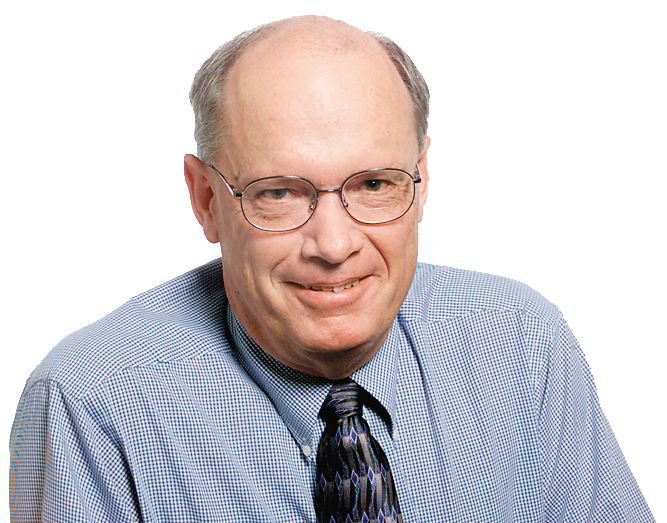Caution No. 1! Do not misinterpret what happened Tuesday as an election. It was a primary. Big difference.
Ask Pam Brokaw. Four years ago, she was the top vote-getter in her primary race for county commissioner, with a seemingly healthy lead of 12 percentage points over Tom Mielke. Three months later, Mielke beat Brokaw by 207 votes in the general election. So much for momentum from the primary.
Caution No. 2! Remember that, in county commissioner races, the finalists are just barely out of the starting blocks. Actually, they have to go back and start over. Voting in the primary is only districtwide for county commissioners, while voting for those positions in the general election is countywide.
Although Mielke, a Republican, and Democrat Joe Tanner are advancing in District 1 (Battle Ground and most of north county) and Republicans David Madore and Marc Boldt appear to have advanced in District 2 (much of Vancouver east of Interstate 205, plus Orchards, Camas and Washougal), we have yet to hear from voters in District 3 (Vancouver and parts of Hazel Dell). Those voters will join the Nov. 6 polling for county commissioners. One powerful variable: District 3 is markedly more Democratic than the other two districts.(The county commissioner District 3 post, won by Democrat Steve Stuart in 2010, will be on the ballot in 2014.)
Caution No. 3! If you think the local electorate spoke loudly and clearly last Tuesday, you’re sadly mistaken. Turnout in the primary was about 30 percent. In the Nov. 6 presidential election, local turnout will probably be over 80 percent. In 2008, local turnout was 37.9 percent in the primary, then it soared to 85.3 percent in the fall presidential election.
Waiting for casual voters
Caution No. 4! Do not discount the value of casual voters. We can assume that the relatively low turnout in the primary included hard-core, battle-worn, intensely motivated partisans in both parties. We can also assume that the new folks on the dance floor in November will be ordinary people who don’t spend every waking hour firing off incendiary online comments about politics.
In 2008, after only 76,984 voters showed up in the primary, 184,698 voted in November. And you can bet those 107,714 new dancers in the fall included many independents who, back during the primary, had been over at the bar watching the more avid twinkle-toe hoofers.
That’s why you don’t see much celebrating these days by Mielke, Tanner, Madore and Boldt. They know their competition is kind of like the sprints in the Olympics. The summer primary decides the finalists, but everyone goes back to the starting line for a whole new race in the fall.
This is especially true in county commissioner races, where all the voters don’t get to weigh in until the general election. Sounds kind of strange, doesn’t it? And perhaps it is, when compared with state legislator races where the primary electorate is the same size as the fall electorate.
But when you think about it, the system is sublimely functional at two levels. First, geography matters in the primary, where districtwide elections keep us from having all three county commissioners from, say, Hazel Dell. And in the primary, candidates can focus on provincial interests.
But in the fall, geography no longer matters. And because these three commissioners are the three most powerful people in the county (except for Interstate 5 bridge lift operators), it’s best to let the countywide electorate weigh in. In the fall, those provincial interests don’t matter much anymore.
So, gentlemen, all four of you just lost your influential neighborhood bona fides. You’re no longer safely tucked in your comfortable districts. Now you’ll be held accountable countywide, and that casts the fall election in a whole new light.
And if I’ve accomplished nothing else in this column, at least I issued four “Cautions!” without pointing my finger at you.



